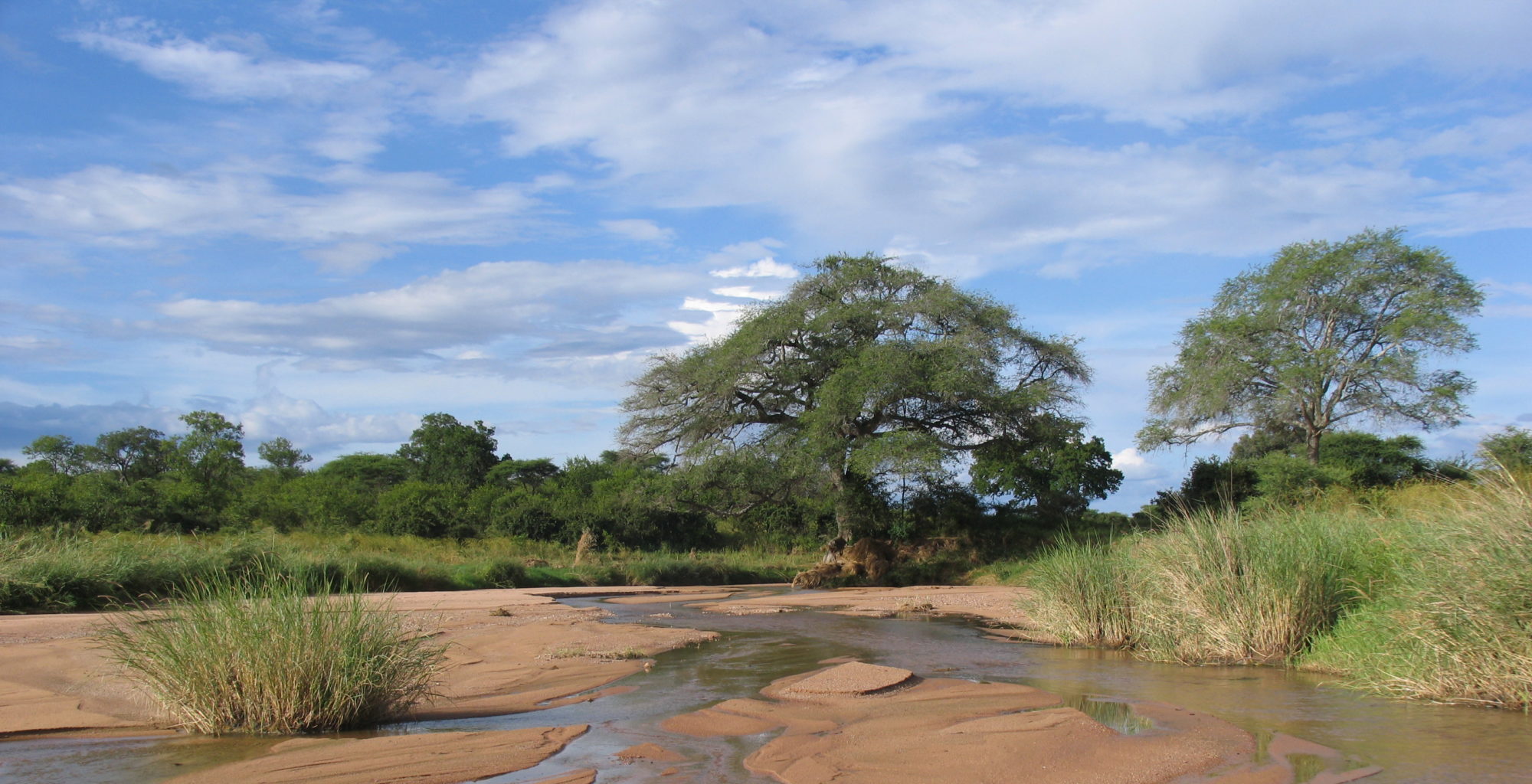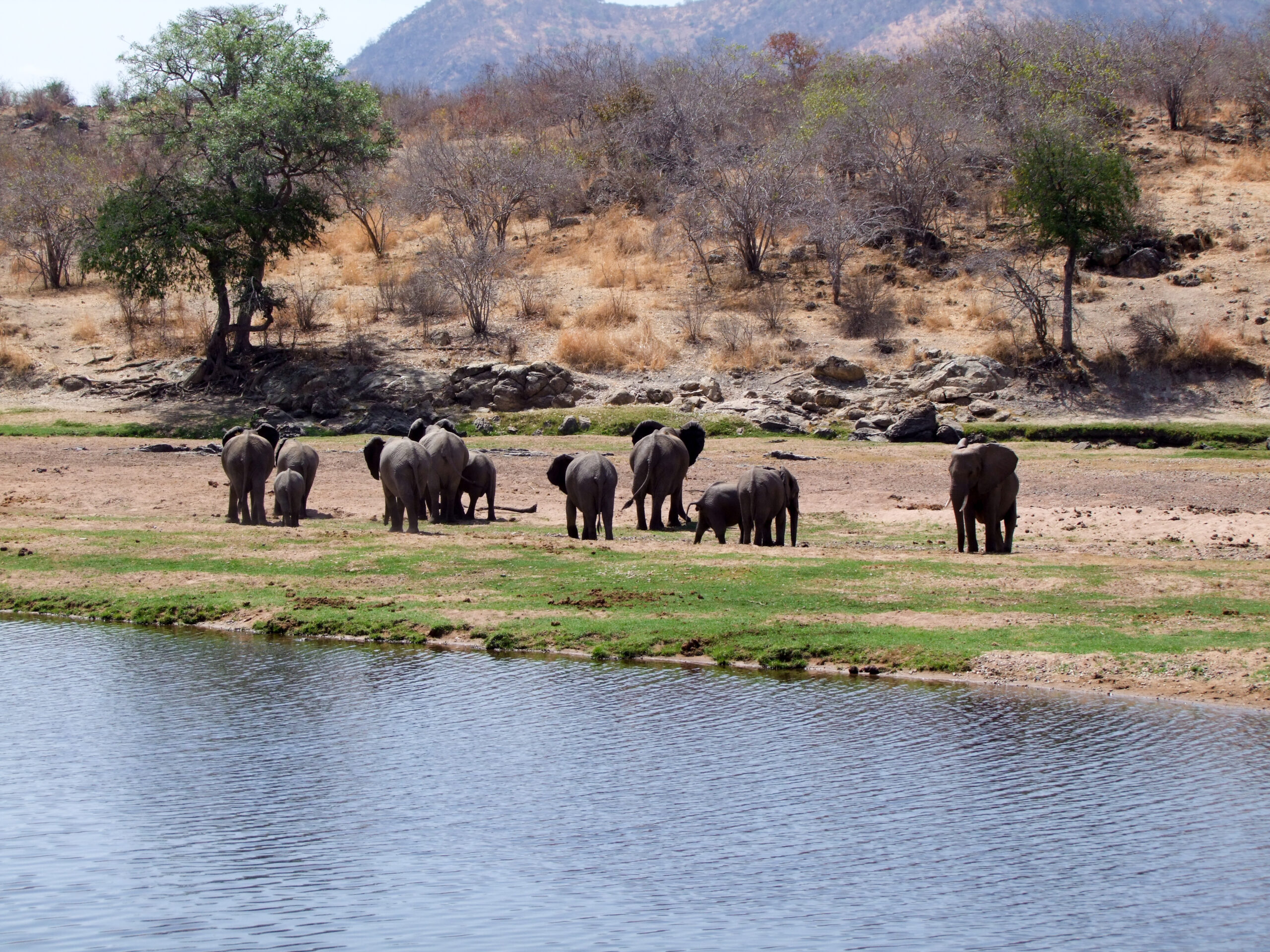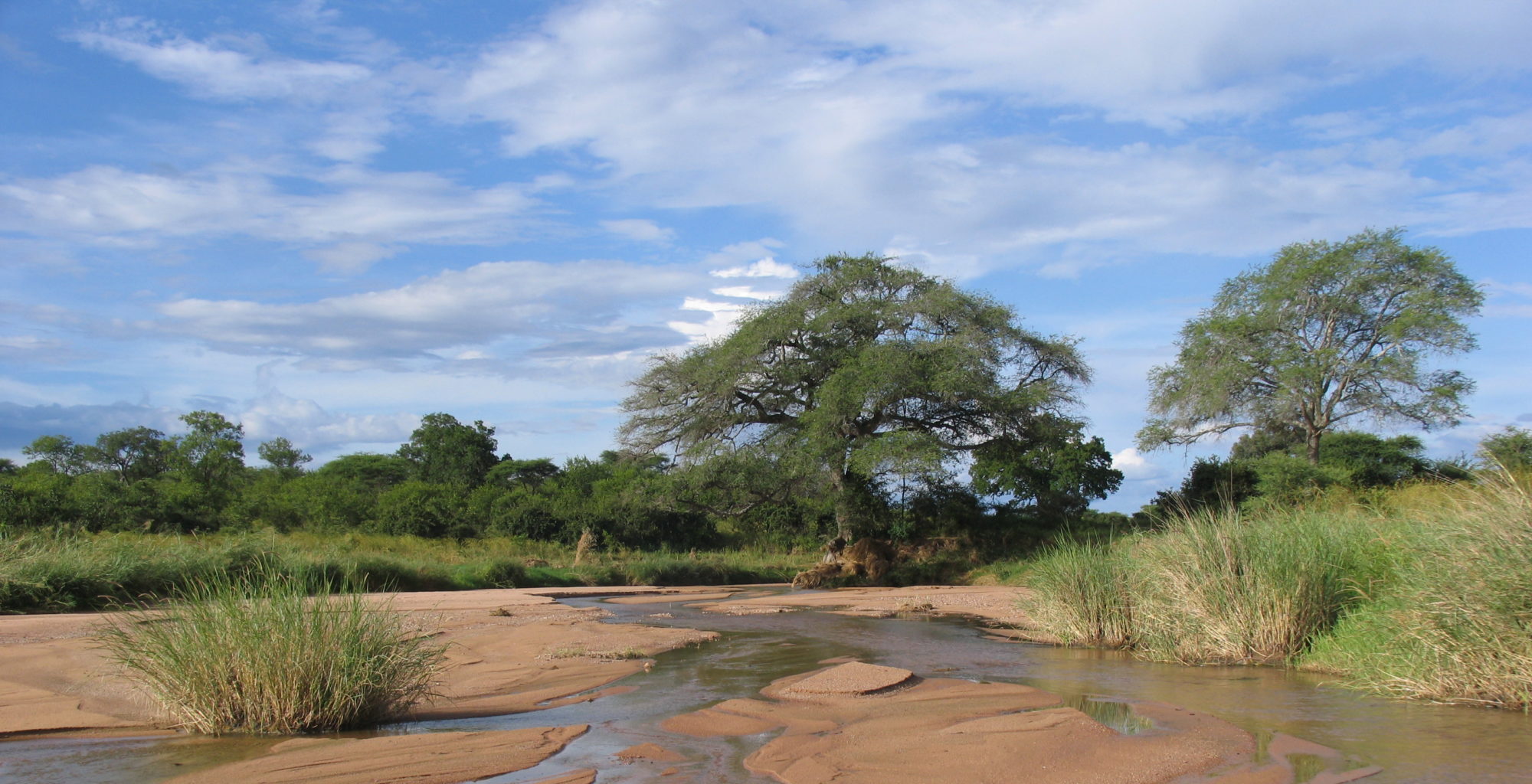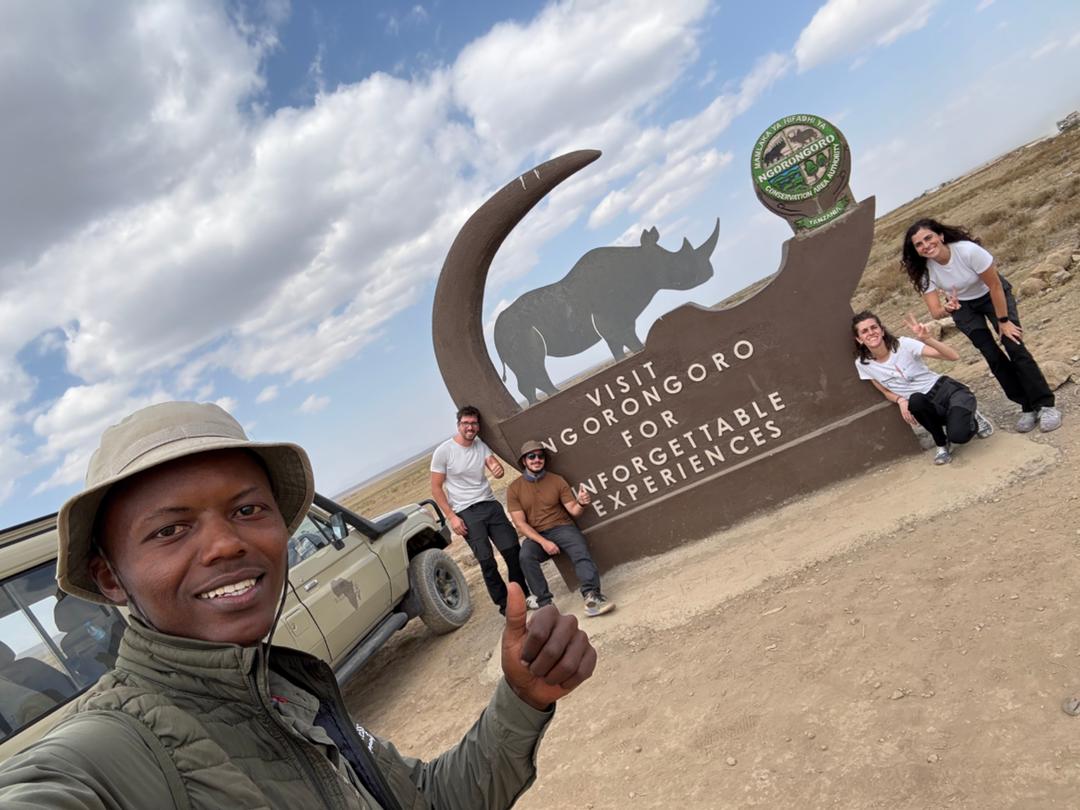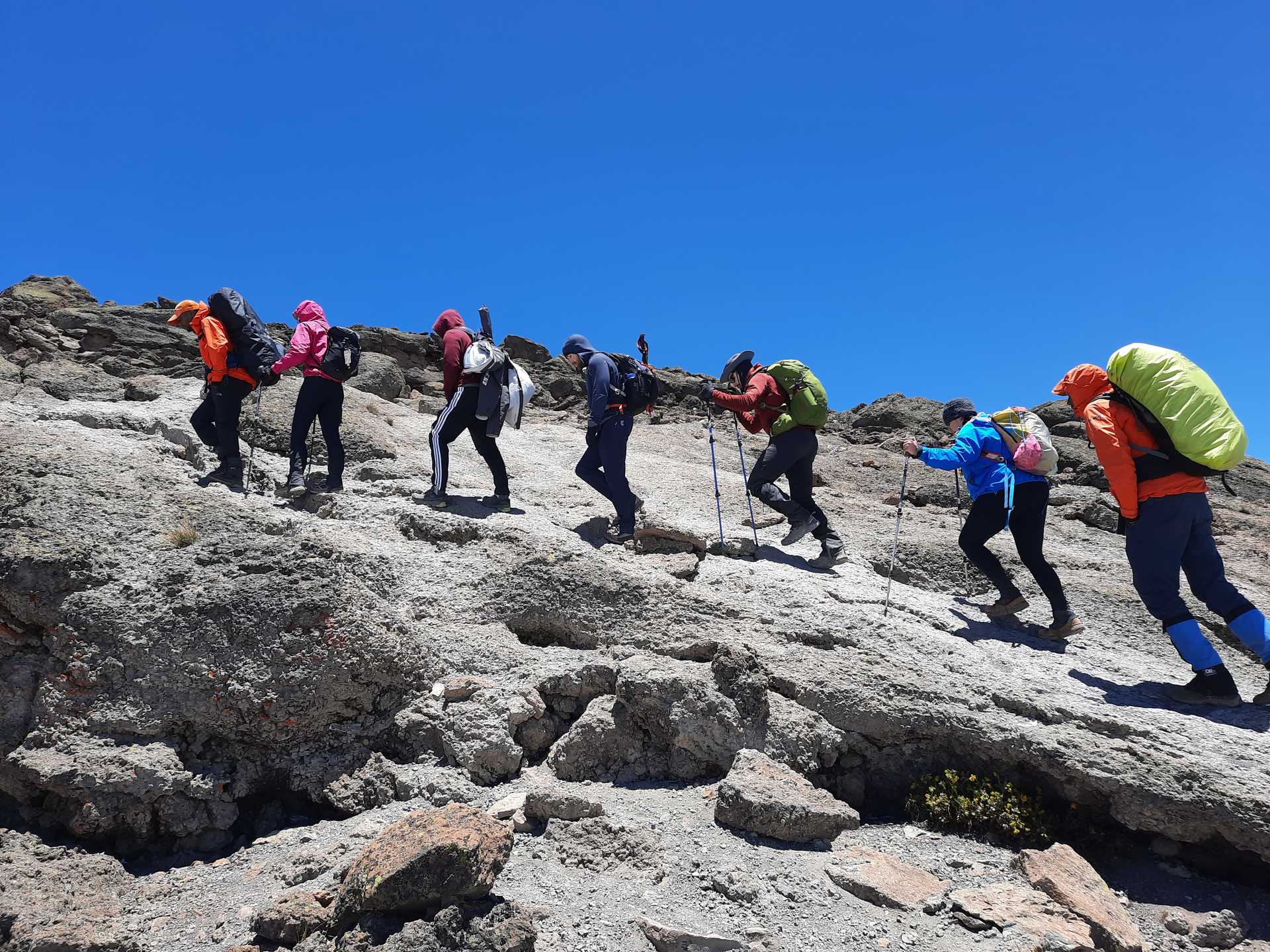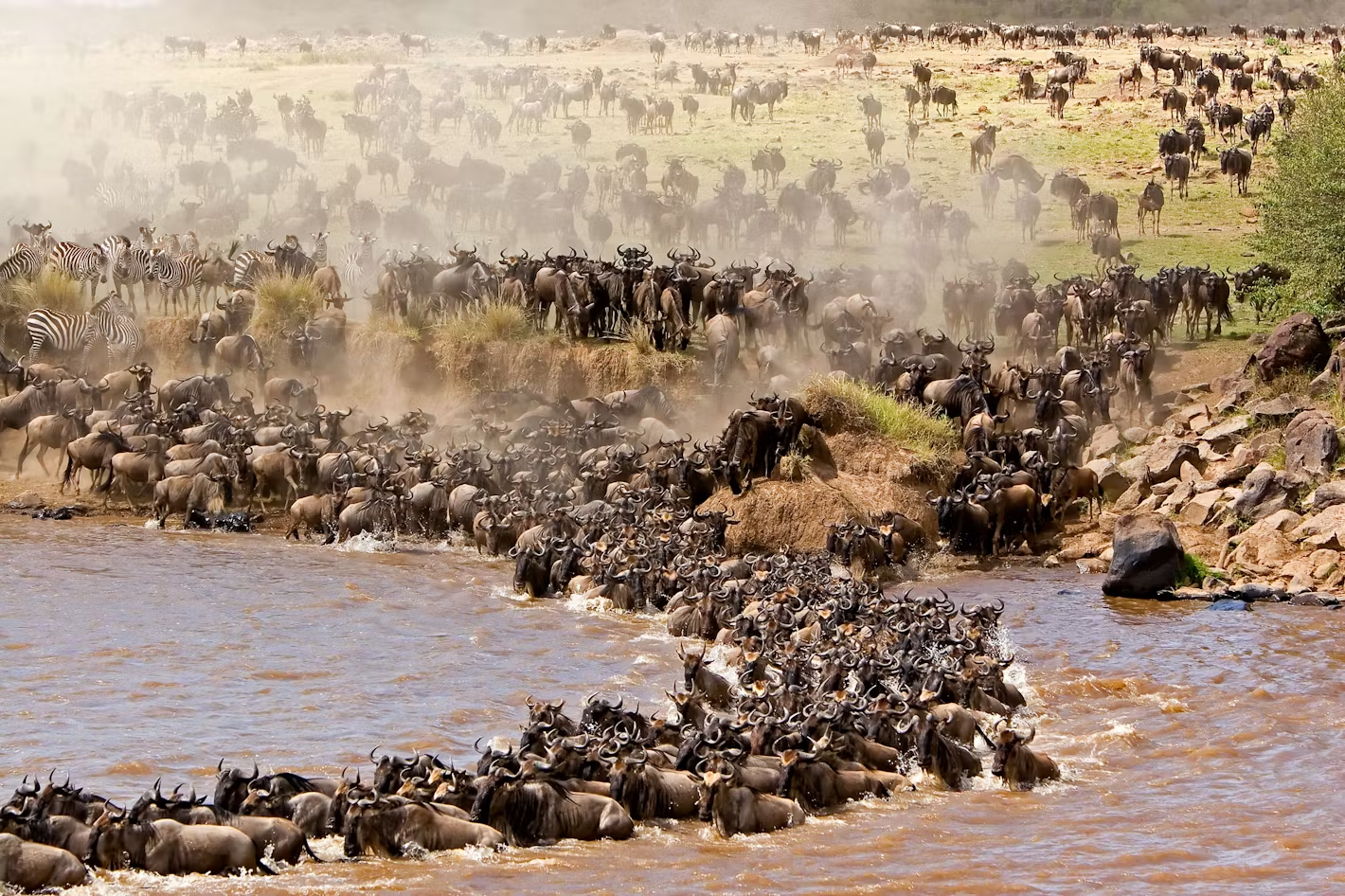From Airport
2 hour
Size
20,226 km²
Hidden Gems
Discover Offbeat places
Photo Spots
Best wildlife photo locations
Accommodation
lodges and camps nearby
Overview
Ruaha National Park is located in central Tanzania, covering an area of approximately 20,226 square kilometers (7,809 square miles). It is situated between the Iringa and Mbeya regions, and it is easily accessible by air from Dar es Salaam or Arusha, with the closest airport being the Ruaha Airstrip. The park is about a 10-hour drive from Dar es Salaam and offers a more remote and secluded safari experience compared to other parks in Tanzania. Its location along the Great Rift Valley escarpment makes it one of the country’s most scenic and diverse safari destinations.
Tourist Attractions
Wildlife: Ruaha is among Tanzania’s top locations for spotting elephants, with a population exceeding 10,000. During the dry season, these majestic animals gather in large numbers at water sources. Alongside elephants, the park hosts a wide array of wildlife, such as lions, leopards, cheetahs, giraffes, buffaloes, zebras, and multiple antelope species, including kudu, gazelle, and impala.
Birdwatching: With more than 570 recorded bird species, Ruaha is a haven for bird enthusiasts. Its blend of wetlands, riverbanks, and woodlands attracts everything from colorful hornbills and kingfishers to soaring raptors like the African fish eagle and bateleur eagle. The wet season, from November to April, is particularly vibrant due to the arrival of migratory birds.
Great Ruaha River: Flowing through the heart of the park, the Great Ruaha River is a vital source of water and a visual highlight. Especially during the dry months, many animals gather along its banks, offering excellent game viewing. The river also shelters hippos and crocodiles, and boat safaris offer a fresh perspective on wildlife and nature.
Safari Drives: Ruaha offers exceptional game drives across its diverse habitats, from grassy plains to dense forests and riverine landscapes. These safaris are usually quieter than those in more frequented parks, providing a more exclusive and personal experience. Wildlife sightings include everything from prides of lions to agile cheetahs.
Walking Safaris: For a closer look at nature, guided walking safaris allow guests to explore Ruaha on foot. Accompanied by expert guides, visitors can learn about animal tracks, flora, and birdlife. The park’s varied landscape enhances the excitement of walking tours.
Remote Natural Beauty: Ruaha’s charm lies in its raw and rugged wilderness. It receives fewer tourists, making it ideal for those seeking solitude and serenity. Towering cliffs, winding river valleys, and thick forests make the scenery as compelling as the wildlife itself.
Fun Facts and Why It Differs from Other Places
Immense Scale: As one of Africa’s and Tanzania’s largest national parks, Ruaha promises vast landscapes and an impressive variety of life. Despite its size, it remains relatively under the radar, offering a rare blend of space, wildlife, and seclusion.
Abundant Predators: Known for one of the densest lion populations in Tanzania, Ruaha offers excellent chances to see these big cats in action. Cheetah sightings are also frequent, particularly across the park’s open plains.
Distinctive Vegetation: Ruaha’s location, where southern and eastern African ecosystems meet, creates a rich variety of vegetation—from acacia woodlands to miombo forests and open grasslands. This blend of plant life supports a dynamic wildlife population.
Ecological Crossroads: One of Ruaha’s standout features is its transitional ecosystem, where species from East and Southern Africa coexist. Animals like the greater kudu (typically found in the south) and the impala (common in the east) can be observed within the same environment.
Best Time to Visit
June to October (Dry Season): This is the prime time for wildlife viewing, as animals gather around rivers and waterholes. Travel is more straightforward with dry roads, and sightings—especially of elephants and big cats—are more frequent.
November to April (Wet Season): The rainy season transforms the park into a green paradise, perfect for birdwatching as migratory birds arrive. Though some roads may become difficult to access, the peaceful environment and blooming life offer a different charm.
May and November (Shoulder Seasons): These transitional months provide pleasant weather and thinner crowds, ideal for travelers who prefer a more tranquil safari without the peak season traffic.
Best Accommodations Found at This Place
Ruaha River Lodge: A luxurious lodge with tented suites situated along the Great Ruaha River. Guests can relax on a large deck overlooking the river and spot wildlife from the comfort of the lodge. It’s a great base for exploring the park on drives, walks, or birding tours.
Jongomero Camp: Found in the park’s remote southern reaches, Jongomero is a high-end, exclusive camp. Spacious tents with private decks and en-suite bathrooms offer luxury in the wild. Ideal for travelers looking for privacy and personalized service.
Mdonya Old River Camp: A more budget-friendly camp located in a secluded park area. It offers a classic safari experience with tented accommodations and opportunities for game drives, cultural visits, and walking safaris.
Ruaha Hilltop Lodge: Perched on a hill near the main gate, this lodge provides stunning views and is a convenient choice for travelers looking for comfort at a moderate price. Chalets offer scenic overlooks, and excursions into the park are easily arranged.
Tented Camps and Campsites: For adventurous guests, several rustic camps and public campsites are available throughout the park. These offer simpler amenities but bring guests closer to nature for a raw and authentic safari experience.
FAQs
Ruaha is home to elephants, lions, and leopards, but rhinos are rarely seen, and buffaloes are present but in smaller numbers compared to parks like Ngorongoro. However, the park excels in big cat sightings and large elephant herds.
While walking safaris are available year-round, the dry season (June to October) is ideal, as wildlife tends to gather around water and vegetation is less dense—making animals easier to spot on foot.
In addition to classic safaris, guests can enjoy birdwatching, boat trips along the Ruaha River, photography, and cultural excursions to nearby villages. These activities offer a deeper connection to the park's natural and cultural heritage.
Absolutely. Ruaha is one of the country's most peaceful and least visited national parks. Visitors often enjoy wildlife sightings in near solitude, making it perfect for travelers wanting a more private safari.
Ruaha National Park is an undiscovered gem in Tanzania, offering diverse wildlife, stunning landscapes, and an exclusive safari experience.Whether you are an avid wildlife enthusiast, a birdwatching lover, or a traveler looking for a peaceful retreat in nature, Ruaha provides a truly immersive and rewarding safari experience.
Explore other options
Plan and book your trip with Wilderness Moments
Your dream African adventure starts here. From thrilling safaris and cultural encounters to serene beach escapes, let our expert team craft a personalized experience just for you.
